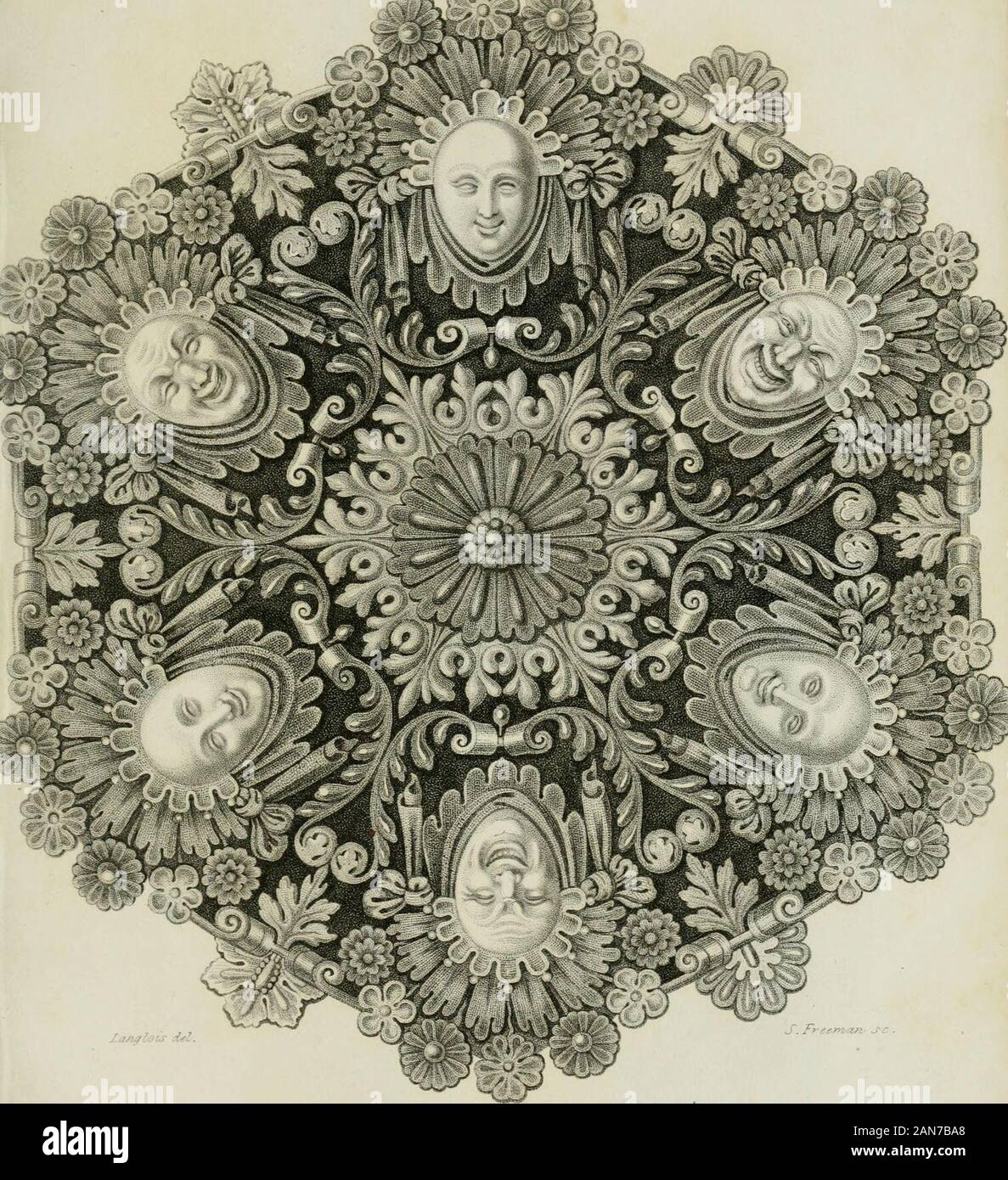A bibliographical, antiquarian and picturesque tour in France and Germany . red figures upon the outside ofthe grand portal of the Cathedral of Chartres.^ Thesefigures seem to be of the xiiith century. The copy isperhaps rather feebly (even to wooUiness, as they termit) executed. It wants the bold, rough, touches whichdesignate perishing stone. The other drawing is of a richpiece oifayence, or of painted and glazed earthen-waredish, and about the middle of the sixteenth century : ofwhich I remember to have seen some very cuiious spe-cimens at Denons. But nothing can be more singular,and at the

Image details
Contributor:
The Reading Room / Alamy Stock PhotoImage ID:
2AN7BA8File size:
7.2 MB (699.2 KB Compressed download)Releases:
Model - no | Property - noDo I need a release?Dimensions:
1511 x 1654 px | 25.6 x 28 cm | 10.1 x 11 inches | 150dpiMore information:
This image is a public domain image, which means either that copyright has expired in the image or the copyright holder has waived their copyright. Alamy charges you a fee for access to the high resolution copy of the image.
This image could have imperfections as it’s either historical or reportage.
A bibliographical, antiquarian and picturesque tour in France and Germany . red figures upon the outside ofthe grand portal of the Cathedral of Chartres.^ Thesefigures seem to be of the xiiith century. The copy isperhaps rather feebly (even to wooUiness, as they termit) executed. It wants the bold, rough, touches whichdesignate perishing stone. The other drawing is of a richpiece oifayence, or of painted and glazed earthen-waredish, and about the middle of the sixteenth century : ofwhich I remember to have seen some very cuiious spe-cimens at Denons. But nothing can be more singular, and at the same time more beautiful of its kind, than thepresent specimen—supposed to be the work of thefamous Bernard Palhssy.-j- Paris abounds with suchtreasures. Look also at what I have picked up inthe BOOK-BINDING WAY. What you here see, is a draw-ing, by M. Willemin, of a portion of the originalfolio cover in stamped leather, or with blind tooling.Charles Lewis himself must allow its extreme ele-gance and richness. * See the Opposite Plate^ No. I. f Opposite Plate, No. II.. The WorTkmansliip of Bernard Palifsy, of tlie Sixteen til Tonrir-, London. .fuf :shf:X n^r vz, - Ai-. /.rjJ... a